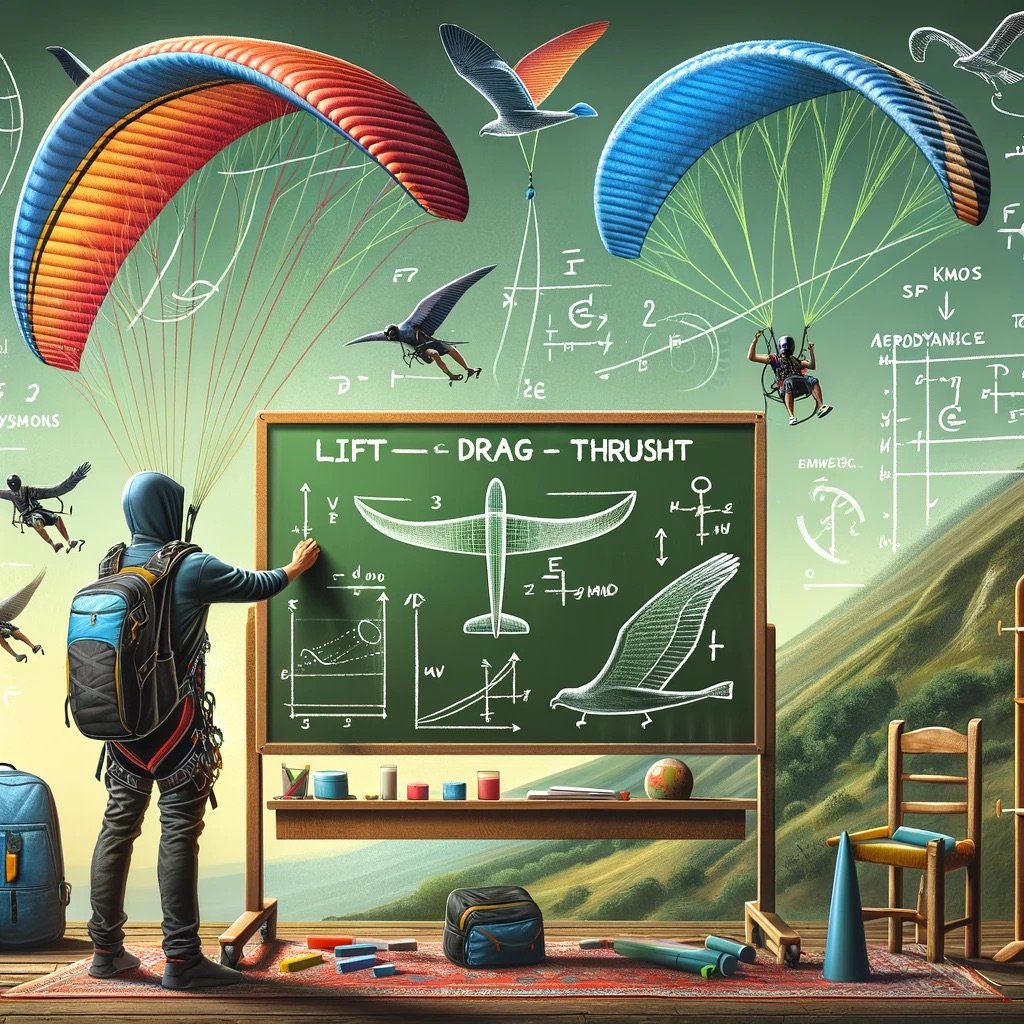Dressage is a sophisticated and elegant equestrian discipline that emphasizes the harmonious partnership between horse and rider. Here’s an introduction to dressage and its key principles.
1. Understanding Dressage
- Definition: Dressage, meaning “training” in French, involves a series of predetermined movements called “tests,” which showcase the horse’s training, balance, and obedience.
- Goal: The goal of dressage is to develop a horse’s natural athletic ability and willingness to perform, resulting in a harmonious and balanced partnership with the rider.
2. Dressage Movements
- Basic Movements:
- Walk: A four-beat gait where the horse moves each leg independently.
- Trot: A two-beat gait where diagonal pairs of legs move together.
- Canter: A three-beat gait with a rhythmic and flowing motion.
- Advanced Movements:
- Piaffe: A highly collected trot in place, demonstrating the horse’s balance and precision.
- Passage: An elevated, collected trot with more forward motion than the piaffe.
- Half-Pass: The horse moves diagonally forward with a slight bend, demonstrating suppleness and control.
3. Dressage Arena
- Dimensions: A standard dressage arena measures 20×60 meters for advanced levels and 20×40 meters for lower levels.
- Markers: The arena is marked with letters indicating where specific movements should be performed.
4. Training Principles
- Relaxation: The horse should be calm and free of tension, allowing for smooth and fluid movements.
- Rhythm: Maintaining a consistent rhythm in each gait is crucial for balance and coordination.
- Connection: The horse should respond lightly to the rider’s aids, demonstrating a strong connection through the reins and legs.
- Impulsion: The horse should move with energy and vigor, propelling itself forward from the hindquarters.
- Straightness: The horse should move straight, with its body aligned from head to tail.
- Collection: The horse should carry more weight on its hindquarters, allowing for greater control and agility.
5. Benefits of Dressage
- Improved Communication: Dressage enhances the communication between horse and rider, building a deeper understanding and trust.
- Physical Fitness: The discipline improves the horse’s flexibility, strength, and balance.
- Mental Stimulation: Dressage provides mental challenges for both horse and rider, keeping training sessions engaging and rewarding.
6. Getting Started with Dressage
- Find an Instructor: Work with a qualified dressage instructor who can guide you through the basics and help you progress.
- Practice Consistently: Regular practice is essential for mastering dressage movements and improving your skills.
- Attend Competitions: Participate in dressage competitions to gain experience and receive feedback from judges.
Conclusion
Dressage is a beautiful and intricate equestrian discipline that showcases the artistry and skill of both horse and rider. By understanding the principles of dressage, practicing regularly, and working with a knowledgeable instructor, you can develop a harmonious partnership with your horse and enjoy the elegance of this classical training method. Embrace the journey of dressage and experience the joy of refined horsemanship. Happy riding!










